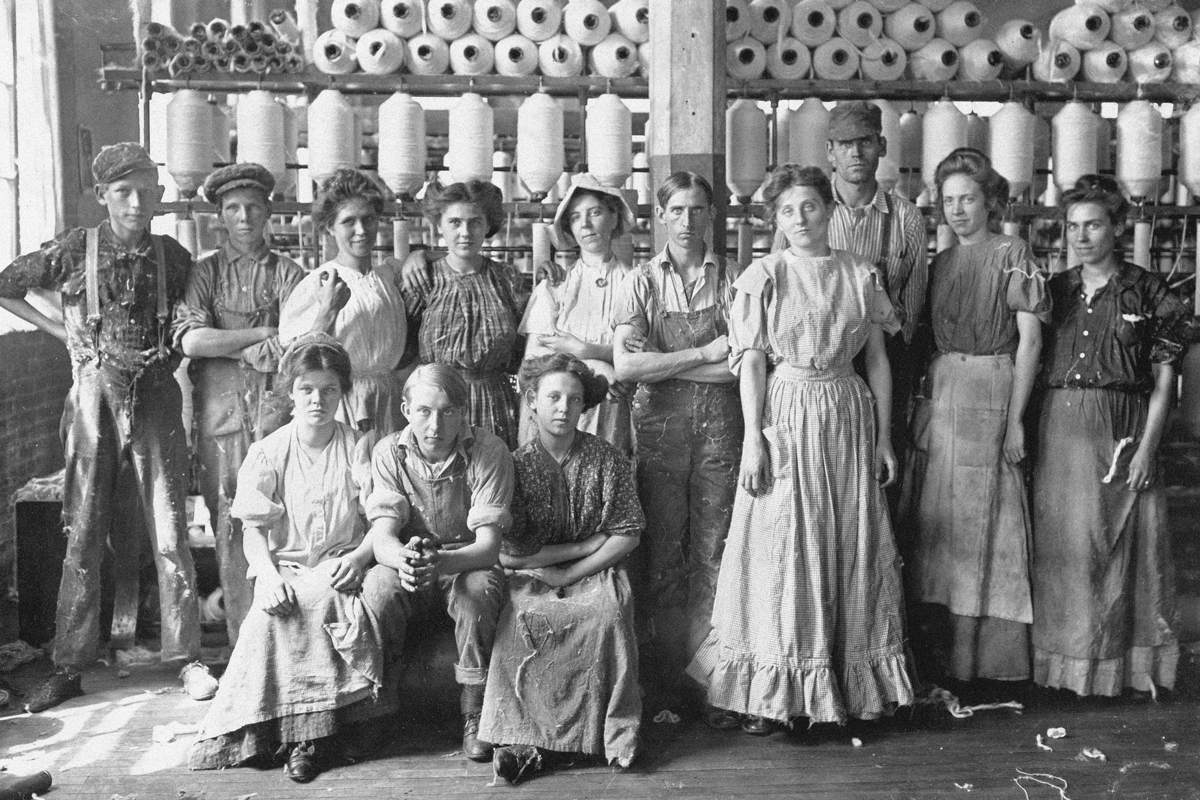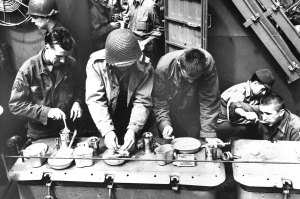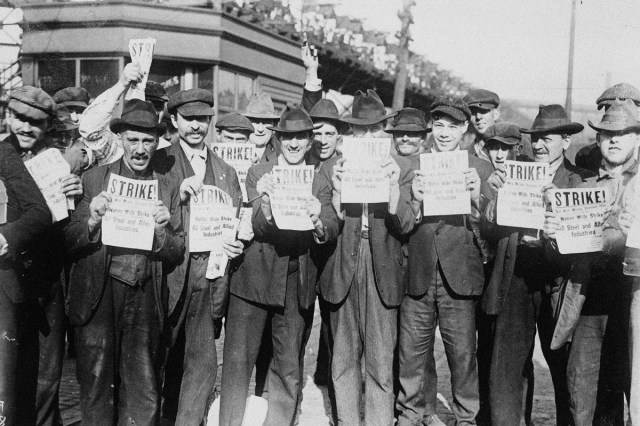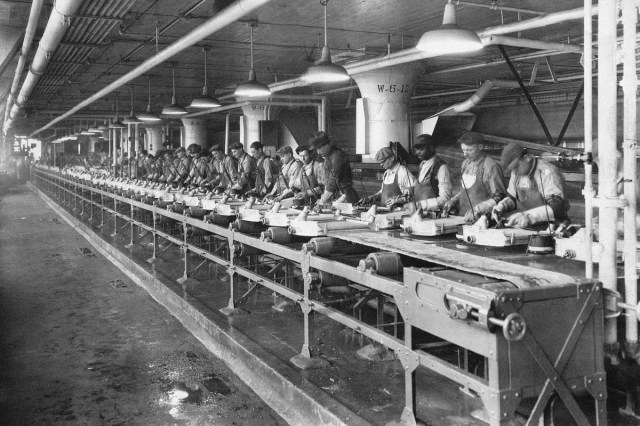Why Is a Workweek 5 Days?
Many Americans structure their lives around a simple schedule: five days of work followed by two days off for leisure, chores, and, if they’re lucky, rest. But the concept of a standard Monday through Friday workweek is a relatively recent development, shaped by decades of activism, industrial shifts, and, eventually, government intervention.
What many of us take for granted today as a normal part of life was once a hard-fought cause. The five-day workweek as we know it emerged gradually from a long — and often contentious — battle for fairer labor rights. Let’s take a look at how it all began.

Industrial Labor Meant Long Hours
For much of human history, labor was dictated by necessity rather than a fixed schedule. Farmers worked according to the seasons, and artisans and merchants worked at their own pace and set their own hours. That all changed with the Industrial Revolution. By the mid-19th century, this sweeping cultural transformation was in full swing, and factory work had replaced farming as the dominant form of labor in the U.S.
Workers in manufacturing and other industrial sectors often clocked 60-plus hours a week across six or seven days; shifts averaged 10 to 12 hours per day but often stretched up to 16 hours, even for children. Conditions were harsh and often unsafe. The Industrial Revolution may have transformed economies, but it also pushed workers to their limits.



















